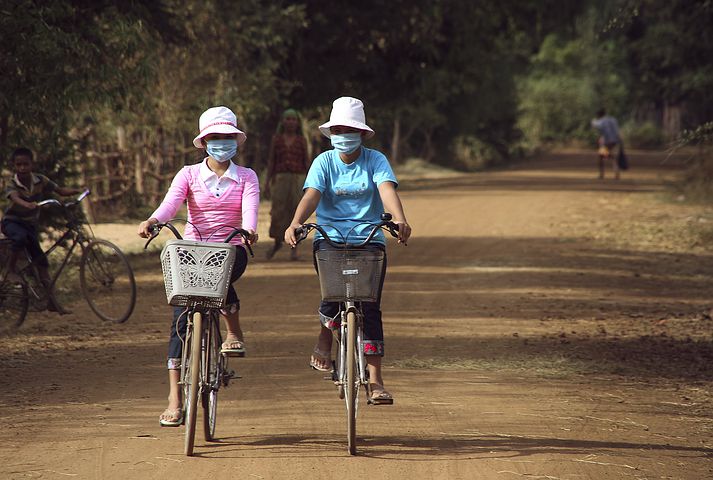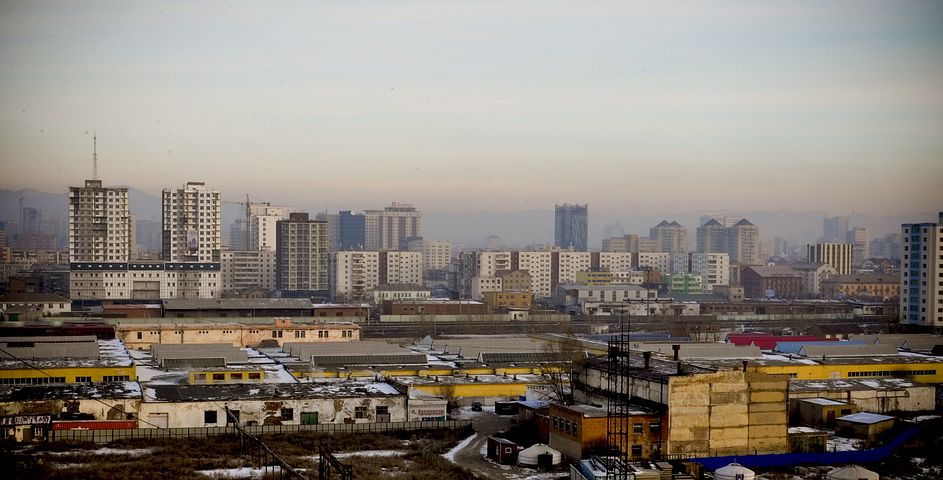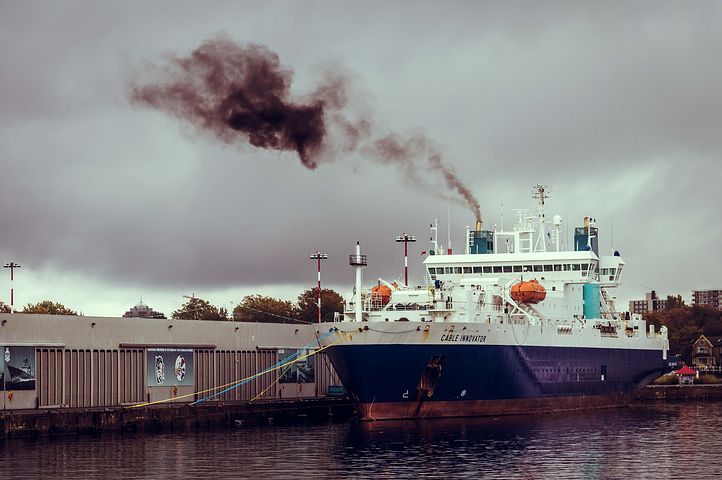The brief: Air pollution and how it affects life

As we have written, much of the air we breathe comes from our oceans. Nowadays, the air is becoming dirty due to emissions. Indeed, there is a complex mix of gases and particles, some of which are so small they can pass into the bloodstream, wreaking havoc on human health. There is no doubt that air pollution is having negative effects on the future of the Planet, having diverse effects on life.
Global air crisis
On a global level, air pollution accounts for about seven million premature deaths a year, according to the World Health Organization (WHO). This is more than twice as many as alcohol consumption and more than five times as many as traffic accidents. A majority of those deaths are caused by outdoor air pollution. Most of the deaths occur in developing countries but air pollution remains a significant killer in developed ones too. The World Bank puts the global economic cost at more than five trillion dollars annually.

In the United States, 50 years after Congress passed the Clean Air Act, more than 45 percent of Americans still breathe unhealthy air, according to the American Lung Association. It still causes more than 60,000 premature deaths annually. Pollution is a hidden killer as it doesn’t get listed on death certificates.
Even environmentally progressive Europeans live with signifcant pollution problems. In eastern and central Europe, health- and climate-wrecking coal smoke still pours from home chimneys and power plants. The European continent suffers the effects of another toxic fuel: diesel. Diesel and coal aren’t the only things fouling the air in Europe or elsewhere. Woodsmoke from fireplaces or stoves, thick with PM2.5, is a growing problem. Last year’s lockdowns gave scientists an unexpected chance to see what happens when some sources of pollution temporarily cease.
Modern industrial farming is also a major polluter. One study ranked agriculture as the biggest single PM2.5 source in Europe, the eastern U.S., Russia, and East Asia. Huge amounts of manure, as well as chemical fertilizers, give off ammonia, which reacts with other pollutants in the air to create the tiny particles.

Climate change
Climate change and air pollution have the same cause and the same solution, but they play out on different time scales. One of the most striking things about air pollution is how quickly health improves when it clears. The economic shutdowns triggered by COVID-19 last year temporarily slowed the world’s carbon emissions. However, the total amount of carbon in the atmosphere continued to rise, and the long-term threat from climate change got that much worse. On the contrary, every incremental and local decline in pollutants such as PM2.5 or nitrogen dioxide translates immediately into fewer asthma attacks, heart attacks, and deaths.
In China, researchers reached this conclusion: Improved air quality during the lockdown in early 2020 saved upwards of 9,000 lives, according to one study, and roughly 24,000, according to another. These are more lives than the virus took, in any case, at least according to China’s official statistics, which put the COVID-19 toll below 5,000. Scientists have long understood that better air saves lives.
While the pandemic’s deadly impact has been impossible to ignore, pollution gets far less attention, though it kills far more people. This is because it’s so hard to link pollution to individual deaths and to attach names and faces to the victims.
This is having an effect on the ecosystems and biodiversity and must be faced accordingly by all countries rapidly to guarantee a future for the Planet.

Source: National Geographic
